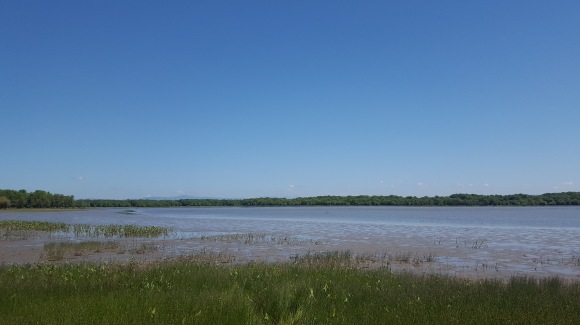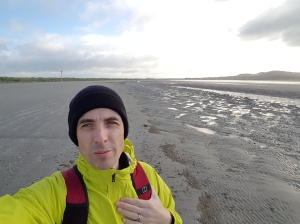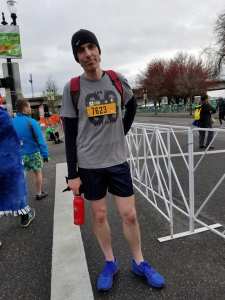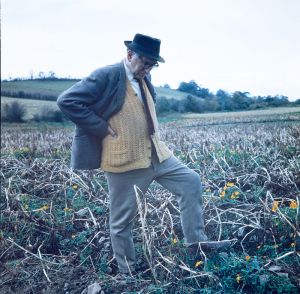“It’d be a great country if you could put a roof over it.”
This i the standard comment most Irish make about their home country, a place prone to a steady succession of “soft days” – ones filled with on-off drizzle, damp air and mostly-gray skies (and that’s just summer).
Which is why it’s somewhat unbelievable that we’ve spent the past 10 days here with barely a drop of rain. In December, too.
The result is that our visit, and Ireland itself, seems totally different. No more running across a park for cover from lashing rain showers, or catching cold because you didn’t get to that cover quickly enough. No damp children and irate adults, as they try to bring the small ones out and about in weather just slightly less predictable than a Bering Sea storm.
Instead we’ve been able to stroll – dry – through the Christmas shoppers in Wexford, or under the Christmas lights on Grafton Street. When staying close to Castletown House in Celbridge, I’ve managed to run around the grounds early each morning, not wet, not freezing.
Even the conversation’s changed. Anyone who has spent time in Ireland knows how much the locals obsessively talk about the weather – what we’ve had, what we’re having, what we’re going to have tomorrow (“showers” is a safe bet for all three).
With decent weather, what would we talk about, I wondered. Well, Brexit filled that gap.
And, of course, we caught up with friends and family, ate and drank in the spirit of the season, and unwound. A dry Christmas in Ireland was good for the soul, relaxing and sustaining.
We leave tomorrow, and I see that showers are forecast in the morning. Normal service is set to be resumed.
_____










